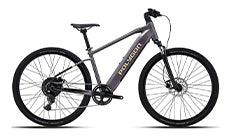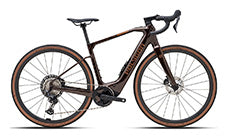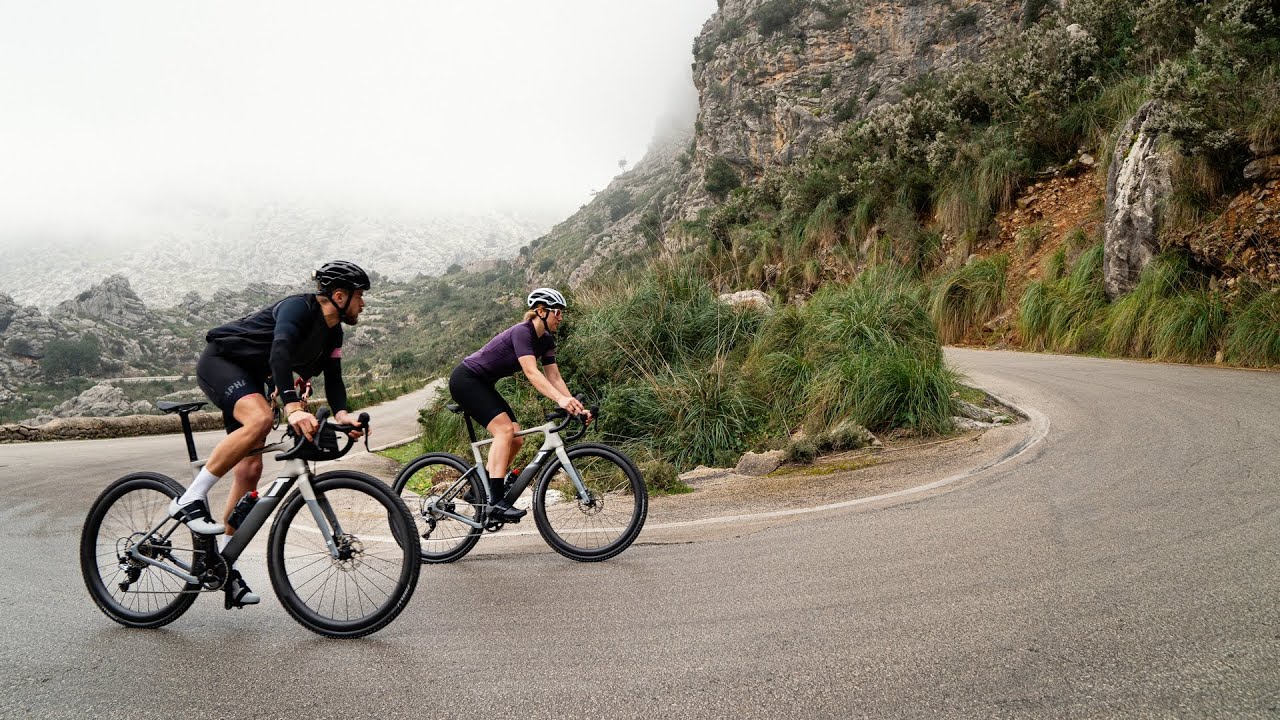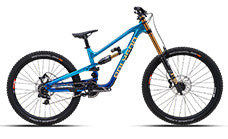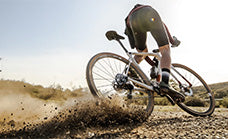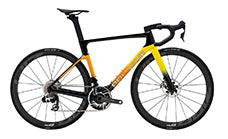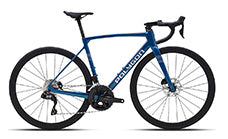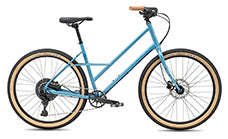What is a Mountain Bike Used For?

Mountain biking has exploded in popularity over the past few decades. It's no longer just a niche activity; it has become a mainstream sport with a devoted following. But what exactly is a mountain bike used for? Well, there's so much more to it than just cruising down a hill. Let’s dive into the exciting world of mountain biking and explore its various uses.

The Thrill of Off-Road Riding
One of the primary purposes of a mountain bike is to take on challenges presented by nature's rugged terrain. Off-road riding is all about exploring trails, conquering hills, and navigating rocks and roots that you won’t encounter on paved roads. This kind of riding brings thrills and adrenaline rushes, making each ride an adventure.
From densely wooded areas to open meadows, mountain bikes are built to handle different types of landscapes efficiently. Their robust construction allows riders to enjoy diverse environments without worrying about the durability of their bike.
Tackling Various Terrains
Another key aspect of mountain biking is its adaptability to various terrains. Whether it's muddy paths, sandy dunes, or rocky trails, a good mountain bike can manage it all. Riders often face unpredictable conditions, and having a bike designed to adapt can make all the difference.
The wheels, suspension, and frame geometry of a mountain bike are specifically engineered to provide stability and control in challenging situations. This specialized design helps maintain traction and balance, allowing riders to confidently tackle steep ascents and rapid descents.
Different Types of Mountain Bikes
It's essential to understand that there isn’t just one type of mountain bike. Different types cater to various riding styles and preferences. Let's break down some of the most common kinds of mountain bikes:
-
Cross-country (XC) bikes: These are lightweight and designed for speed and endurance over long distances.
-
Trail bikes: Often considered all-rounders, these bikes offer a balance between climbing efficiency and descent capability.
-
Downhill bikes: Built explicitly for steep and aggressive downhill trails, they feature advanced suspension systems for shock absorption.
-
Enduro bikes: Designed for mixed terrains, they are versatile and perform well both uphill and downhill.
Each type comes with unique features geared towards specific needs, ensuring that no matter how you like to ride, there’s a perfect mountain bike out there for you.
Exercise and Adventure Combined
A major draw of mountain biking is that it offers both exercise and adventure. Unlike typical workouts confined to a gym, mountain biking gets you out into nature where every ride includes fresh air and beautiful scenery. It provides a comprehensive workout engaging multiple muscle groups, improving cardiovascular health, and enhancing coordination and balance.
The physical benefits are complemented by the mental stimulation and relaxation that comes from being immersed in natural surroundings. Many riders find that mountain biking not only strengthens their body but also clears their mind, offering a form of active meditation.
The Sport of Mountain Biking
For those looking to take things a step further, mountain biking isn't just a recreational activity; it's a competitive sport. Events range from local races to international competitions, drawing athletes from around the globe. These events often include various categories like cross-country, downhill, and enduro racing, catering to different skills and preferences.
Riders push themselves to their limits, navigating complex courses at high speeds and showcasing impressive technical skills. The mountain biking community is tight-knit and supportive, celebrating accomplishments and encouraging new participants to get involved.
Recreational Riding
Not everyone who owns a mountain bike is out to compete, though. Many people simply enjoy the peace and simplicity of a quiet trail ride. Recreational riding allows individuals and families to explore new places and spend time outdoors, away from the hustle and bustle of daily life.
This type of riding offers a slower pace, focusing on enjoying the journey rather than achieving a personal best. It’s an excellent way for beginners to start cycling and gradually build up their skill level without the pressure of competition.
Specialized Designs and Innovations
As the sport has evolved, so have the bicycles themselves. Modern mountain bikes boast various specialized designs and innovations aimed at enhancing performance and rider comfort.
For instance, full-suspension bikes come equipped with both front and rear shocks, making them ideal for rough terrains where riders need maximum cushioning. Hardtail bikes, which feature suspension only at the front, are lighter and often preferred for climbing and less bumpy trails.
Advanced Materials
The materials used in constructing mountain bikes have also seen significant advancements. High-strength aluminum, carbon fiber, and even titanium frames offer strength without compromising on weight. These materials enhance maneuverability and agility, allowing riders to better navigate tricky sections of a trail.
Furthermore, tubeless tires reduce the risk of flats and enable lower tire pressures. Lower pressure increases traction and control, particularly crucial when tackling slippery or uneven surfaces.
Technological Integration
Technology has found its way into mountain biking too. Electronic shifting systems provide precise gear changes with minimal effort, while dropper posts allow riders to adjust the seat height on-the-fly for improved stability during descents and climbs.
Some modern bikes are even equipped with advanced telemetry that records data such as speed, distance, and elevation gain. This information is invaluable for training purposes and optimizing future rides.
Environmental Considerations
While mountain biking offers numerous benefits, it’s important to consider its environmental impact. Riding on designated trails helps minimize ecological disruption and preserves natural habitats. Sustainable practices ensure that trails remain accessible and enjoyable for future generations.
Many mountain biking communities actively participate in trail maintenance efforts, investing time and resources to keep paths clear and safe. Engaging in these activities promotes a sense of stewardship and responsibility toward the environment.
Eco-Friendly Gear Choices
Additionally, choosing eco-friendly gear options can make a difference. Products made from recycled materials or responsibly sourced components help reduce the overall footprint of the sport.
Riders can also minimize waste by maintaining and repairing their equipment rather than constantly buying new items. Proper care extends the lifespan of bikes and accessories, reducing the need for frequent replacements.


